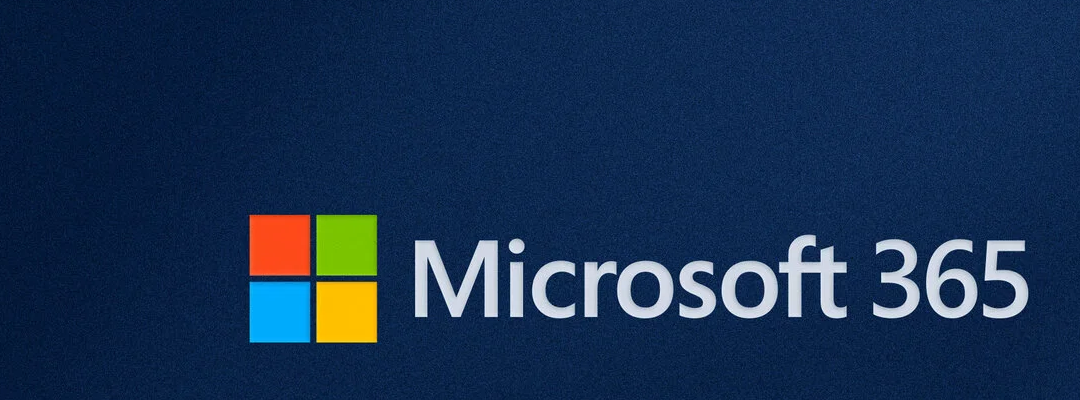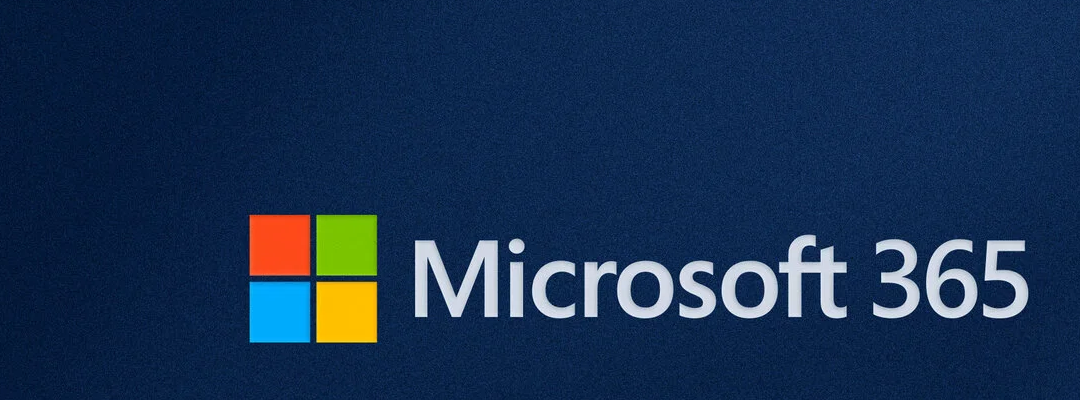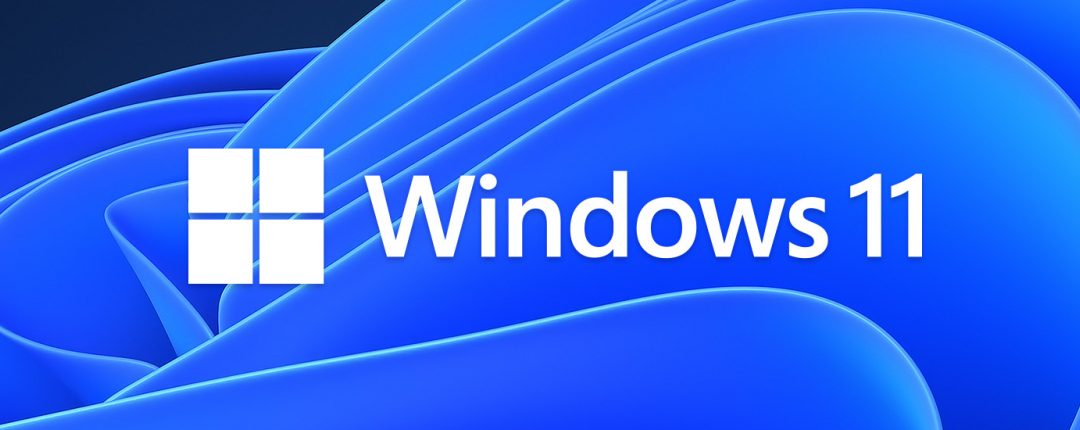Why Email Signatures Matter for Small Businesses
Microsoft 365 email signatures are more than just contact details—they’re a branding tool, a compliance requirement, and a way to maintain professional consistency across your organisation. In small businesses, it’s common for employees to create their own signatures in Outlook or Outlook Web App (OWA). While this offers flexibility, it can lead to:
- Inconsistent branding
- Broken formatting
- Blocked images
- Compliance risks
To avoid these issues, Microsoft 365 offers both user-level and server-level options for managing email signatures. Lastly, email signatures can be used as a method for generating email templates.
Click open the headers below to learn how to use Microsoft 365 email signatures. Please read through this entire article before starting the proceudure. Be sure to contact us for general advice if you are in doubt. Support options are available for professional assistance.
User-Level Signature Management
Admins can guide users to create their own signatures in Outlook or OWA. This is suitable for small teams but requires oversight to ensure consistency.
How to create a signature in Outlook (Desktop)
- Go to File > Options > Mail > Signatures
- Click New, name your signature
- Add contact info, branding, and disclaimers
- Set default signature for new emails and replies
How to create a signature in Outlook Web App (OWA)
- Go to Settings > Mail > Compose and Reply
- Create or edit your signature
- Choose when it should be applied (new messages, replies)
Formatting tips
- Use web-safe fonts (e.g., Arial, Calibri)
- Avoid large images or logos that may be blocked
- Keep layout simple for mobile compatibility
Server-Level Signature Management with Microsoft 365
For better control, admins can create organisation-wide signatures using Exchange Online mail flow rules. Using Microsoft 365 email signatures this way prevents end users from using email signatures that could be inaccurate or misleading. It gives your business the chance to guarantee uniformityy and accuracy.
Benefits
- Centralised management
- Consistent branding
- Automatic application to all outgoing emails
How to set up server-side Microsoft 365 signatures
- Go to Microsoft 365 Admin Center > Exchange Admin Center
- Navigate to Mail Flow > Rules
- Create a new rule: “Apply disclaimers or signatures”
- Set conditions (e.g., apply to all users or specific groups)
- Add HTML-formatted signature content
- Save and test the rule
Note: Server-side signatures are appended after the email is sent, so users won’t see them while composing.
Using Signatures as Email Templates
Signatures can also be used creatively as email templates. This is useful for:
- Customer service replies
- Standard form memos
- Internal announcements
How to use signatures as templates using Outlook (Desktop) or Outlook OWA
- Create multiple signatures for different scenarios
- Include full email body text along with contact info
- Select the appropriate signature when composing a message
Using Microsoft 365 email signatures this way is a creative solution for quickly inserting pre-written content, saving time and ensuring consistency. Micrsoft Outlook does provide a utility for template generation, however user feedback indicates that Outlook’s approach to generating templates is awkward. Another solution for templates is to use Outlook’s Resend Message option. See this article for help with “Resend Message”
Summary
Microsoft 365 email signatures maintain professionalism, brand identity, and compliance. Whether you choose user-level or server-level management—or a mix of both—make sure formatting and image use are carefully considered, and check output with users in Gmail and Apple envirnments to check how your output works. Lastly, do not overlook the power of signatures as a simple way to build a library of reusable email templates.
About ComStat.uk: Internet Service Provider Comstat provides IT support, web hosting, and media services including website design, Microsoft 365 setup, and audio/video production, serving businesses across Denbighshire, North Wales and Wirral from Ruthin, and Lancashire and the Northwest from Bolton.



